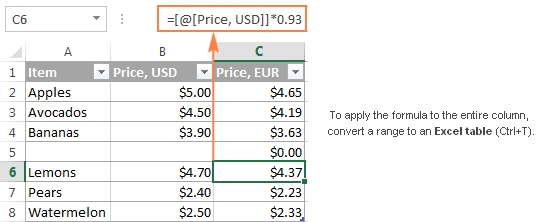
However, as you’ll see, when combined with other Excel functions, these two functions can do a lot of grunt work. What’s the advantage? For the most part, using one function instead of many will be more efficient.

Using Excel’s BYCOL() and BYROW() functions, you can enter one function and return an array result set. If you want to do the same for adjacent columns, you copy the SUM() function or manually enter the function for each column you’re evaluating. For example, you might use SUM() to return the sum of all the values in a single column.

Most Microsoft Excel functions are autonomous-one result value for each function or formula. How to use BYCOL() and BYROW() to evaluate data across columns and rows in ExcelĮxcel’s BYCOL() and BYROW() functions evaluate data across columns and rows, returning an array result set allowing you to bypass a lot of work.


 0 kommentar(er)
0 kommentar(er)
